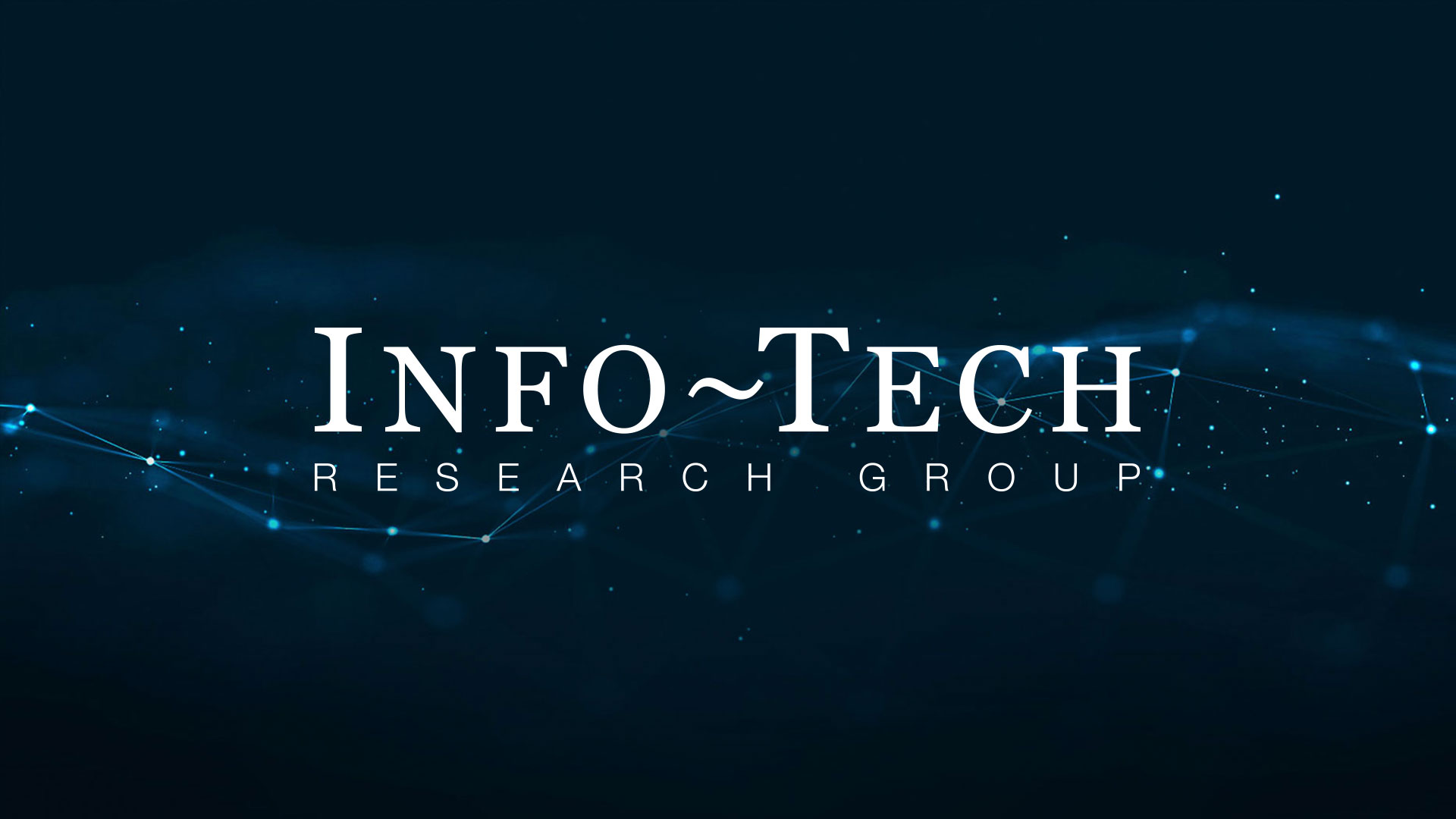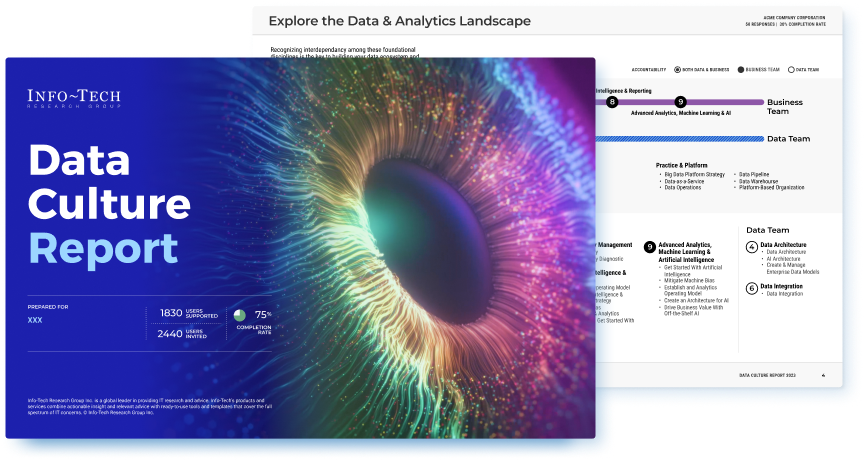
Featured
Build an IT Strategy for Local Government

Featured
AI Use Case Library for Local Government

Featured
Municipal Fiber Networks

Navigate the Digital ID Ecosystem to Enhance Customer Experience

Empower Members Through Digital Engagement

 Upcoming
Upcoming 







































